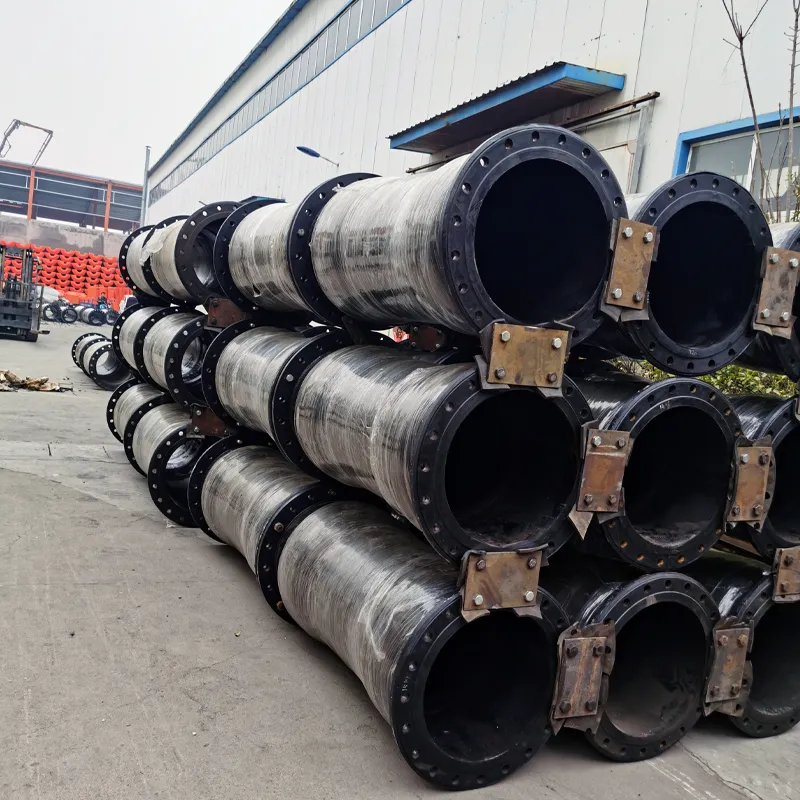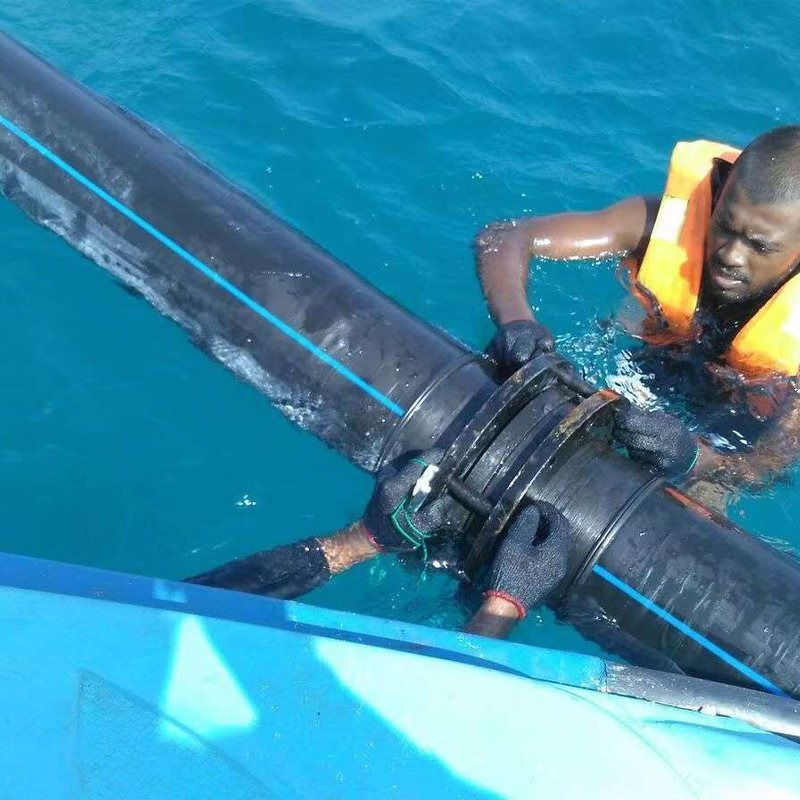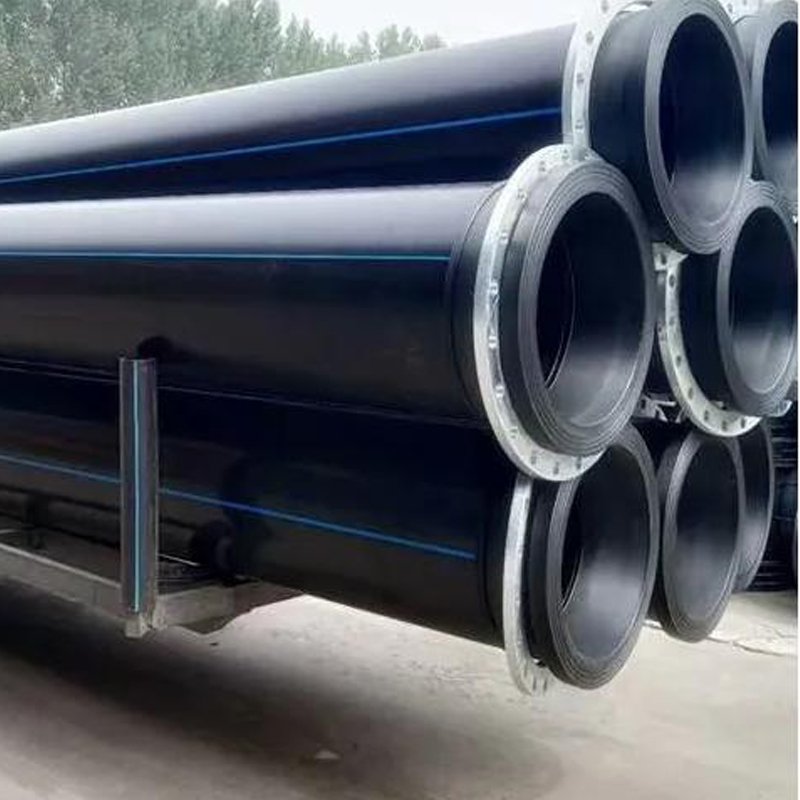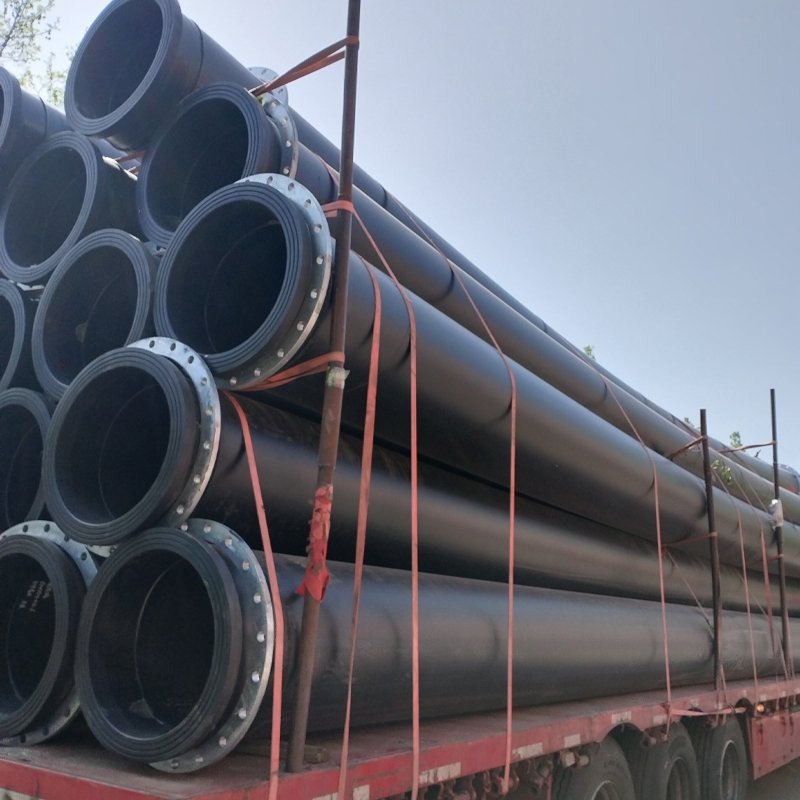Construction Precautions for HDPE Pipes
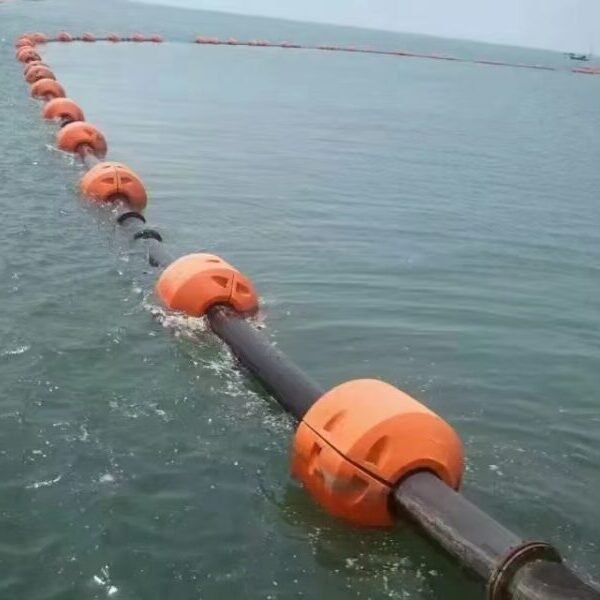
I. Preparations Before Construction
1. Drawings and Technical Briefing:
• Carefully review the construction drawings to understand the design intent, including pipe diameter, elevation, slope, connection method, inspection well location, etc.
• Conduct a detailed technical briefing for construction personnel to clarify technical requirements and safety regulations.
2. Material Inspection and Storage:
• Pipe and Fitting Acceptance: Check if the specifications, models, and pressure ratings of pipes and fittings meet the design requirements, and ensure they have certificates of conformity and test reports. Inspect the inner and outer surfaces for smoothness, absence of bubbles, cracks, dents, and color unevenness.
• Storage Requirements: Stack them on flat ground, away from heat sources and chemicals. The stacking height should not be too high to prevent deformation under pressure. When stored outdoors, cover them to avoid prolonged exposure to sunlight and rain.
3. Trench Excavation and Foundation Treatment:
• Trench Dimensions: Excavate according to the design drawings to ensure accurate bottom width and elevation. The trench width should facilitate pipe connection and backfilling operations.
• Slope and Support: Based on soil quality and excavation depth, set slopes or reliable supports to prevent collapse.
• Base Treatment: This is critical! The trench bottom must be flat and continuous, free of sharp stones, tree roots, and other hard objects. For general soil, lay a sand cushion layer with a thickness of no less than 150mm; for soft soil foundations, replace the soil or compact it to ensure uniform support for the pipe and prevent pipeline stress concentration and damage caused by uneven foundation settlement.
II. Pipe Connection (Core Process)
The main connection methods for HDPE pipes are hot-melt connection (butt welding, socket welding) and electro-fusion connection.
Hot-Melt Butt Welding (Suitable for pipes with diameter ≥90mm)
1. Equipment Inspection: Ensure the hot-melt welder is working properly, the heating plate temperature is within the set range (usually 200℃~235℃), and the milling cutter can plane the pipe ends.
2. End Surface Treatment: Mill the pipe ends with a milling cutter until continuous and smooth chips are obtained, ensuring the end surfaces are vertical and clean.
3. Heating and Switching: Clamp both pipe ends with the welder’s clamps and apply initial pressure. Insert the preheated heating plate and melt under specified pressure. After the flip bead height reaches the specified value (usually 0.5~3mm, depending on pipe diameter), quickly remove the heating plate to avoid excessive time leading to material oxidation and degradation.
4. Fusion and Pressure Holding: Immediately press the two melted end surfaces together, apply the specified welding pressure to form a uniform and symmetrical flip bead. During the cooling and pressure holding period,forbiden move pipes or apply external force, and the cooling time must be sufficient.
Connecting General Points:
• When constructing in damp or rainy weather, effective waterproofing and moisture-proofing measures must be taken to ensure that the heating plate and connection areas are dry.
• Operators must receive professional training and hold valid certificates to work.
• Conduct visual inspections of each joint (checking for symmetrical and full flanges) and record welding parameters.
III. Pipe Installation and Laying
1. Lowering Pipes: Pipes should be lowered gently using flexible slings or wide canvas straps. The use of steel ropes or iron chains to directly suspend pipe ends is strictly prohibited to avoid scratching the pipe walls.
2. Socket-Type Pipe Installation: For rubber ring socket joints, ensure the rubber ring is properly placed and not twisted. Apply a dedicated lubricant to both the socket and spigot to reduce insertion resistance.
3. Bending Radius: HDPE pipes can be bent to a certain extent during laying, but the bending radius should not be less than 20-25 times the pipe’s outer diameter. Forced bending or angular bending using the pipe’s flexibility is strictly prohibited.
4. Crossing and Protection: When pipes cross underground structures, roads, or other pipes, protective measures such as adding steel sleeves should be implemented.
IV. Backfilling
Backfill quality directly affects the pipe’s stress state and is another critical aspect of construction.
1. Trench Backfill (Pipe Side and 500mm Above Pipe Top):
◦ Materials: Must use sand or high-quality soil free of hard objects (such as stones, bricks, frozen soil blocks), with a maximum particle size not exceeding 15mm.
◦ Layered Compaction: Backfill symmetrically on both sides of the pipe in layers. The loose laying thickness per layer is preferably 150~200mm, compacted manually or with small machinery. Single-sided backfilling or direct rolling of the pipe with heavy machinery is prohibited.
◦ Density: The compaction degree in the pipe bottom arch area and the 500mm range above the pipe top must meet the design requirements (usually ≥90%), providing the pipe with a uniform support system.
2. Backfill Above Pipe Top:
◦ For the area more than 500mm above the pipe top, original soil can be used for backfilling, but it should be compacted in layers.
◦ Within 500mm above the pipe top, rolling with a roller is strictly prohibited.
◦ After backfilling to the designed elevation, the original ground surface should be restored or the road surface restored according to design requirements.
V. Quality Inspection and Safe Civilized Construction
1. Inspection:
• Visual Inspection: Check the appearance quality of all connection joints.
• Pressure Test (Hydrostatic Test): After pipeline installation and backfilling, strength test and tightness test must be conducted. The test pressure, stabilization time, pressure drop, etc., must comply with design and specification requirements.
• Watertight/Airtight Test: For gravity flow drainage pipelines, a watertight (or airtight) test is required to check if the seepage volume meets the standard.
2. Safety and Civilization:
•Obvious safety warning signs and barriersshall be set up at the edge of the trench.
• When performing hot-melt welding, operators must wear protective gloves and safety goggles to prevent scalding.
• Keep the construction site clean and achieve ‘site tidy after work completion’.
Summary:
The key to successful HDPE pipeline construction lies in ‘precise connection, uniform support, and symmetrical backfilling’. By strictly adhering to operating procedures and paying attention to every detail, the excellent performance of HDPE pipelines can be fully utilized, ensuring the long-term safe operation of the project.

